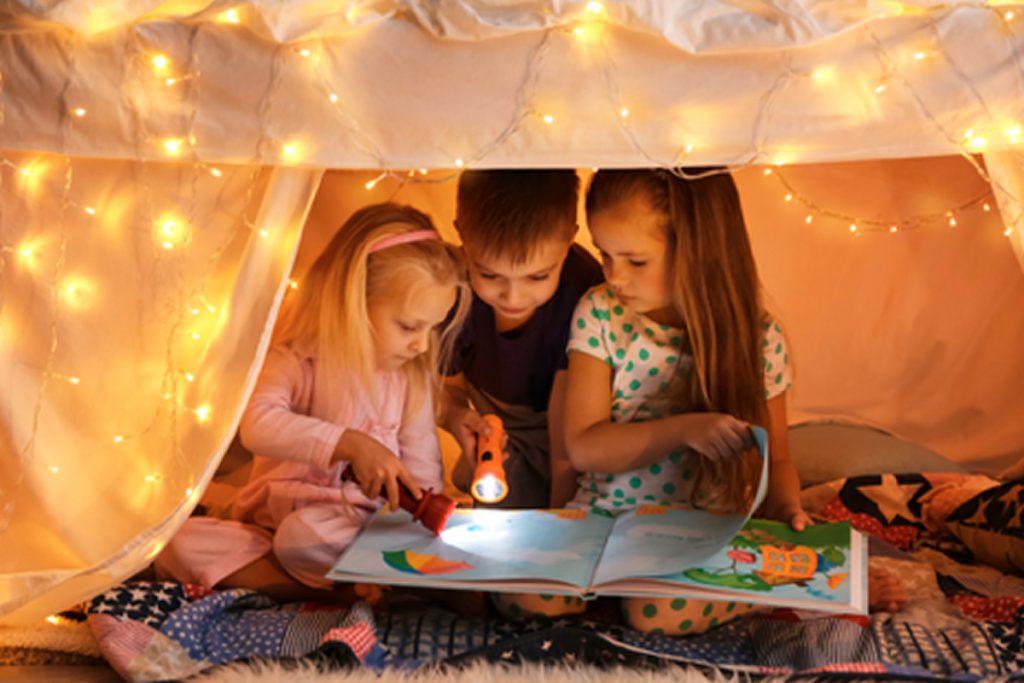A panel of medical experts on Tuesday recommended for the first time that primary care doctors screen all children ages 8 to 18 for anxiety, new guidance that highlights the ongoing mental health crisis among American youth.
The U.S. Preventive Services Task Force — a volunteer panel of experts who make recommendations about the likely benefits and harms of various preventive health services — also reaffirmed its position that all adolescents ages 12 to 18 should be screened for depression.
In making its recommendations, the task force hopes to reduce the number of children whose mental health conditions go undetected and untreated. According to the Centers for Disease Control and Prevention, some 5.8 million children have been diagnosed with anxiety, while 2.7 million have been diagnosed with depression — though some children may be missed or misdiagnosed. Those national estimates also predate the Covid pandemic, and there are troubling signs that mental health distress among children intensified in the last few years.
“The earlier you identify symptoms, the earlier you intervene, and that reduces the amount of time a child is suffering,” said Dr. Cori Green, director of Behavioral Health Education and Integration in pediatrics at Weill Cornell Medicine in New York City, who did not work on the new recommendations.
“We are definitely missing children now,” Dr. Green warned.
What the new recommendations mean for families
The U.S. Preventive Services Task Force has no regulatory authority, but its recommendations influence standards of care. Ideally, children and adolescents who are not already being routinely screened for anxiety and depression will now be during their annual checkups, said Martha Kubik, a professor in the School of Nursing in the College of Health and Human Services at George Mason University in Virginia, and a member of the task force.
Tips for Parents to Help Their Struggling Teens
Are you concerned for your teen? If you worry that your teen might be experiencing depression or suicidal thoughts, there are a few things you can do to help. Dr. Christine Moutier, the chief medical officer of the American Foundation for Suicide Prevention, suggests these steps:
“We are talking about screening young people who are not presenting with explicit signs or symptoms of anxiety or depression at the time that they come to their primary care physician for a visit,” Dr. Kubik explained.
Several different evidence-based surveys and questionnaires can be used to screen patients for anxiety and depression, and they vary in length and scope. Dr. Kubik said the task force intentionally did not recommend one tool over another because they are mindful of the fact that pediatricians may spend only a few minutes with a patient every year, and they have so much ground to cover.
“There are a variety of screening options, and I think it depends on the population, it depends on the setting, and I think it depends on the amount of time clinicians have,” said Joseph McGuire, a child psychologist with the Johns Hopkins Children’s Center in Maryland, who is not on the task force. “We want these tools to be usable, and what’s going to work will vary across settings.”
He noted that screening tools simply indicate whether a child may need additional support; they do not offer a diagnosis.
“Will this kind of screening detect all of the depression or anxiety that’s present? No,” Dr. McGuire said. “But it can help start a conversation where somebody can get referred to mental health services, or even get an initial evaluation.”
How early intervention helps
Both of the task force’s recommendations highlight the benefits of early detection and treatment, pointing to research that links childhood anxiety and depression to those conditions in adulthood. The panel also emphasizes that both can hamper children’s developmental trajectories.
“The anxious child who might be chewing at their collar at 3 years old turns to biting their nails at 9, and then is struggling in school in their teens,” said Teresa Hsu-Walklet, assistant director of the pediatric behavioral health integration program at Montefiore Medical Group in New York City, who is not on the task force. “However, that child’s struggles might not be recognized by even the most attentive parents and teachers until they are in their teens.”
In cases like that, a child can spend years grappling with feelings of anxiety on their own and developing negative coping strategies, like avoidance or compulsive behaviors, she said. But research suggests that half of children in the United States with a treatable mental health condition do not receive treatment.
The task force also considered whether to recommend for or against universal screening of children and teens for suicide risk. It determined there was insufficient evidence to assess the benefits and harms, though the American Academy of Pediatrics calls for all children age 12 and up to be screened.
“This is a big and loud call for research in this very critical area,” Dr. Kubik said.
If you or someone you know is having thoughts of suicide, call or text 988 to reach the National Suicide Prevention Lifeline or go to SpeakingOfSuicide.com/resources for a list of additional resources.









More Stories
Getting Your Emotional Support Animal Ready for Travel
Sustainable Brands ‘22: Looking Back and Looking Ahead
Car lovers: How well do you know your stuff?